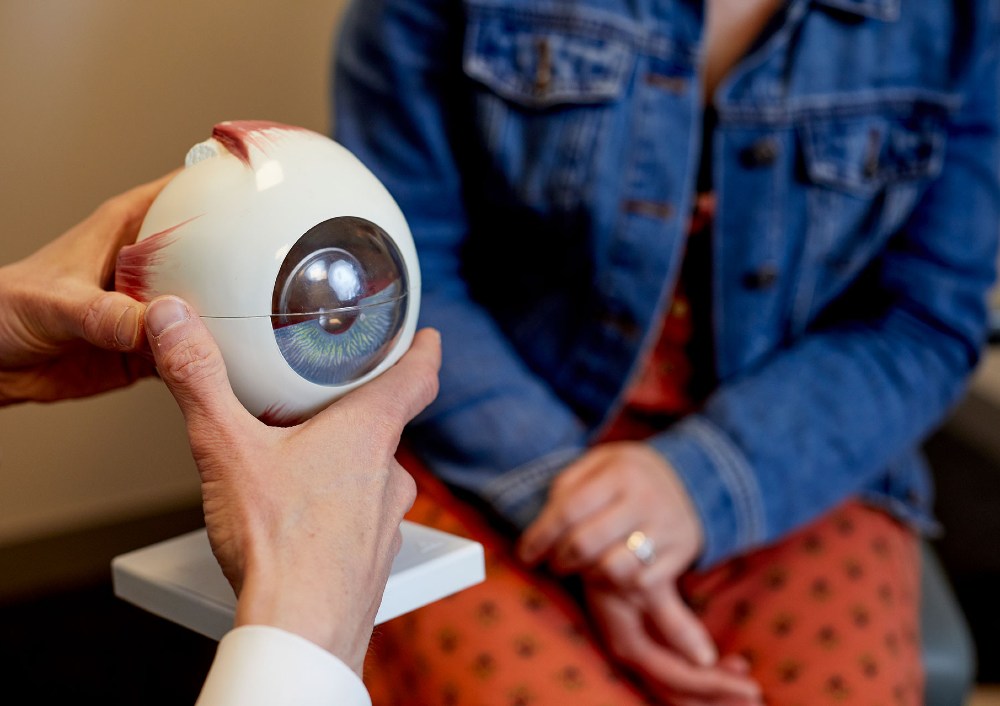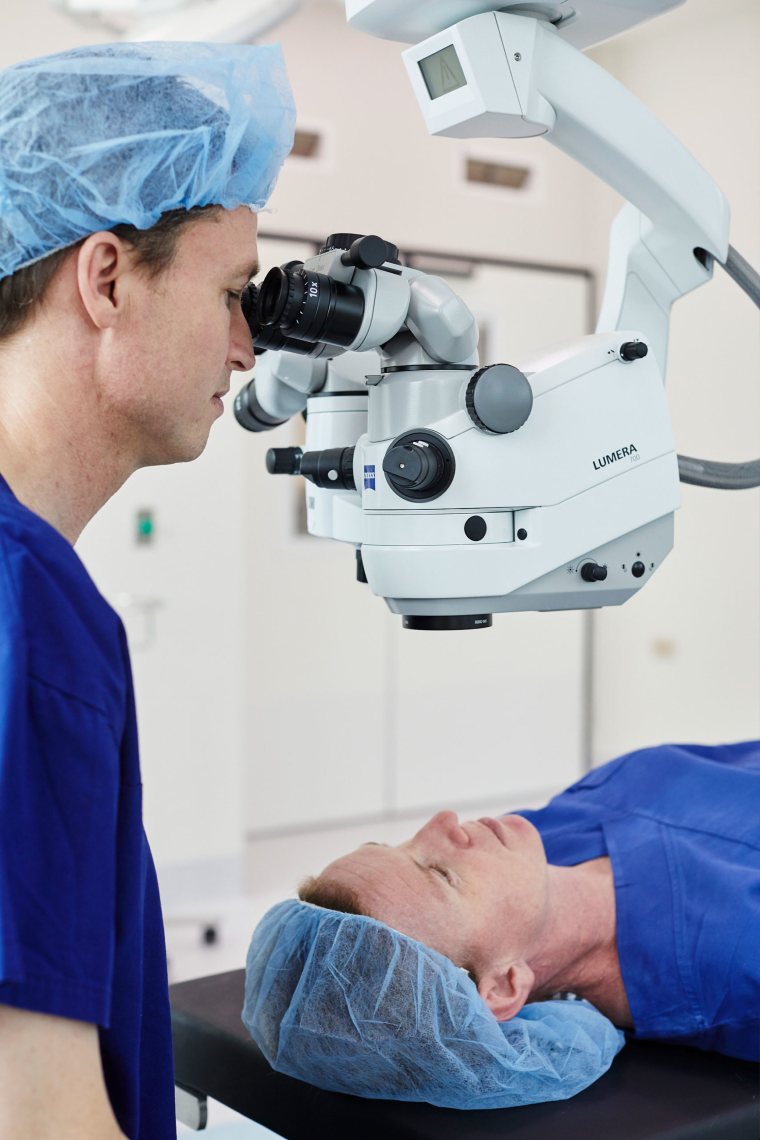Cataract surgery should be performed when the following two criteria are met:
- The patient has symptoms that are due to cataract and these symptoms are visually significant.
- The patient has realistic expectations regarding the outcome and understands the risks, both generic and those specific to their personal circumstances.
On occasion there are other factors that may necessitate cataract surgery. These include:
- The visual standard to hold a driver’s licence is not met, the standard is likely to be met with cataract surgery and the patient would like to continue to drive.
- Raised pressure is contributing to the cataract by impeding flow of fluid from the eye and cataract surgery will reduce the risk of long-term elevated pressure.
- The cataract is preventing a clear view of the back of the eye in a patient who is likely to have treatable diabetic retinopathy or any other treatable retinal condition.
Some patients have concerns that the cataract will progress quickly to cover the eye or that they may even become blind unless they have the surgery relatively soon. Such concerns are generally unfounded. These patients can be assured that even if there is deterioration in vision prior to their next scheduled appointment, that appointment can be bought forward and the surgery performed earlier. They can also be assured the procedure is technically no more difficult if the cataract is allowed to progress for a short time.
What Is A Visually Significant Cataract?
The visual significance of a cataract should be assessed by considering the patient’s functional day-to-day vision. Visual acuity as measured formally on a distance-acuity chart may be a less reliable indicator of the need for cataract surgery.
Proceeding With Cataract Surgery
Once the cataract is deemed visually significant and the patient has realistic expectations and understands the risks, he or she is likely to elect to proceed with cataract surgery. In fact, some patients may feel a sense of urgency to proceed. However, as suggested before, this is unwarranted from a technical viewpoint.
One of the benefits of implanting a particular type of IOL specific to the individual’s needs during cataract surgery is the ability to achieve the required refractive outcome; a unique opportunity is therefore presented to reduce a patient’s dependence on glasses. This can be achieved in a number of ways, although there is no one method that guarantees complete independence from glasses.
Because each human eye, as a biological system, reacts differently to the implanted IOL it is never possible to offer absolute certainty regarding the anticipated outcome, even with the most advanced technology.
It is important, therefore, that the patient understands there are limitations to the accurate achievement of this refractive outcome.
For an IOL of any given power, it is likely that the outcome will be within a certain range. This range has been established in peer-review literature. It is extremely rare for a patient to achieve a refractive outcome with which they are unhappy.
We always place particular emphasis on optimising all outcomes for our patients.
How Is A Particular Refractive Outcome Achieved?
Detailed eye measurements are taken through a procedure called biometry (often referred to as an A scan). These measurements are then used to determine the type and power of the IOL to be implanted after the cataract has been removed. Many different measurements are taken, including the length of the eye and the curvature of the cornea.
The measurements are then used to select an IOL that is most likely to achieve the desired refractive outcome.
Because the accuracy of these measurements relies on the cornea being smooth, without overt signs of irritation or surface dryness, the measurements will often be repeated on a separate occasion to optimise their accuracy.
The IOL master is used to perform biometry. This instrument has been (and remains) an industry leader since the mid-2000s in terms of producing the most accurate outcomes. We have the IOL master at our clinics at Eye Surgery Associates.
Refractive Outcomes
When individuals attend a consultation with an eye professional, they typically have specific current requirements for glasses and/or contact lenses. They may be short-sighted, long-sighted or emmetropic and they may also be presbyopic.








